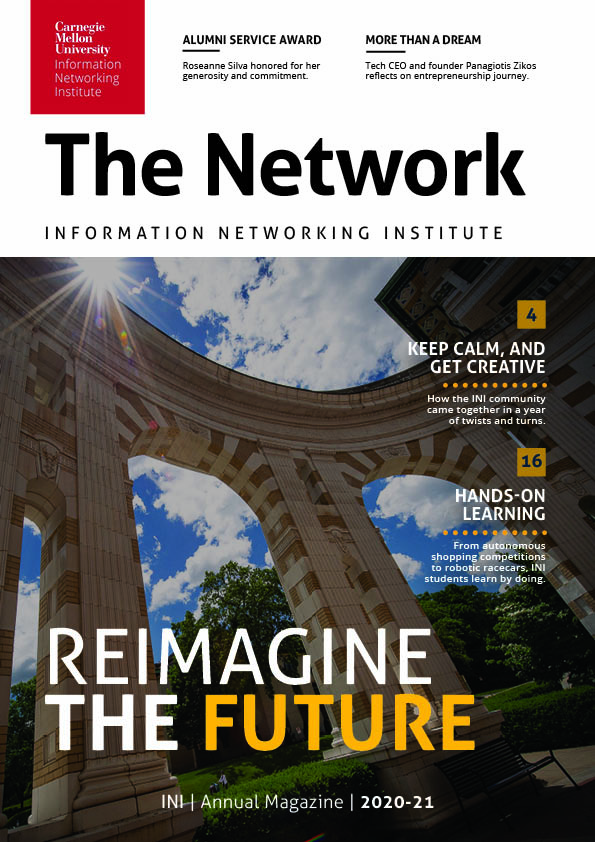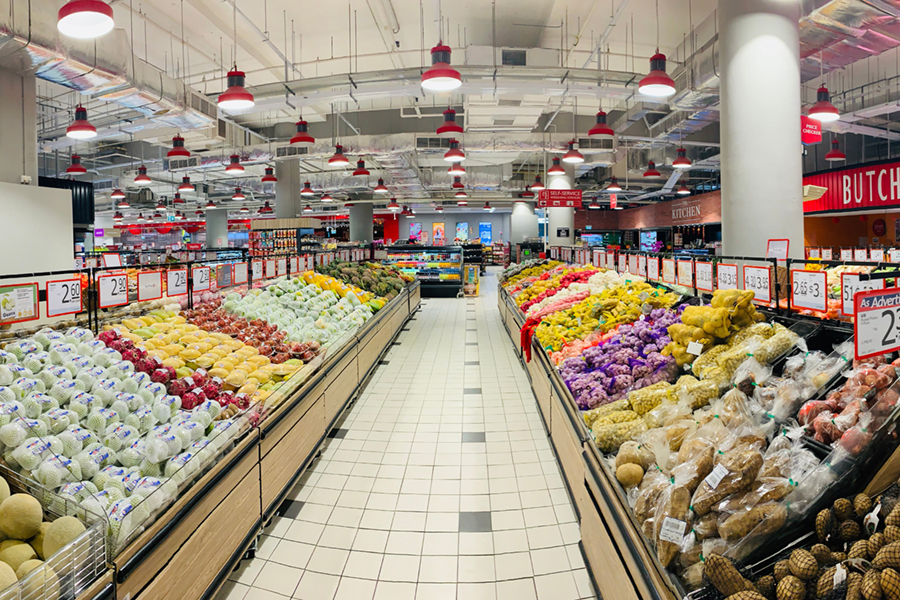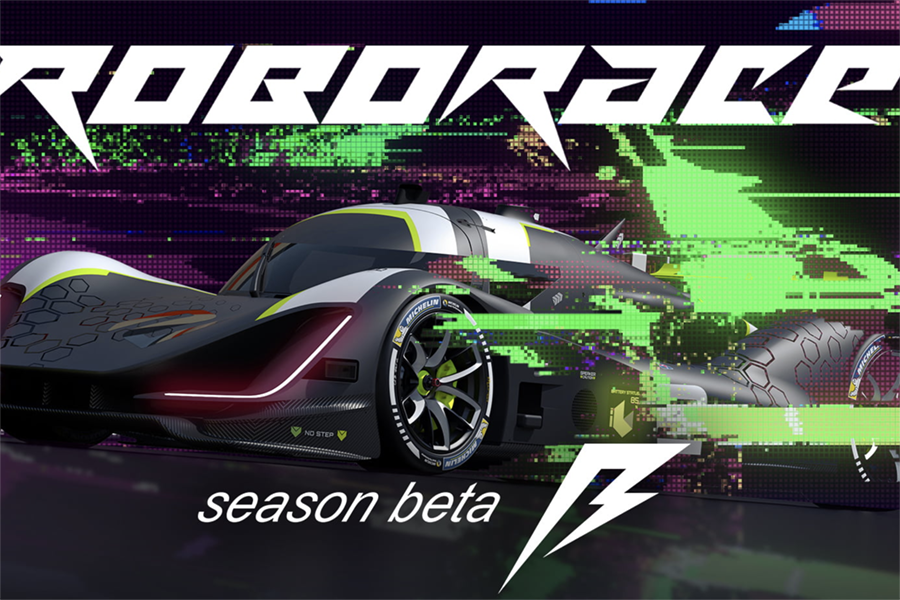Hands-On Learning: INI Students Learn By Doing
By Jessica Shirley
From autonomous shopping competitions to robotic racecars, INI students learn by doing.
Changing the Way the World Shops: First Place Win
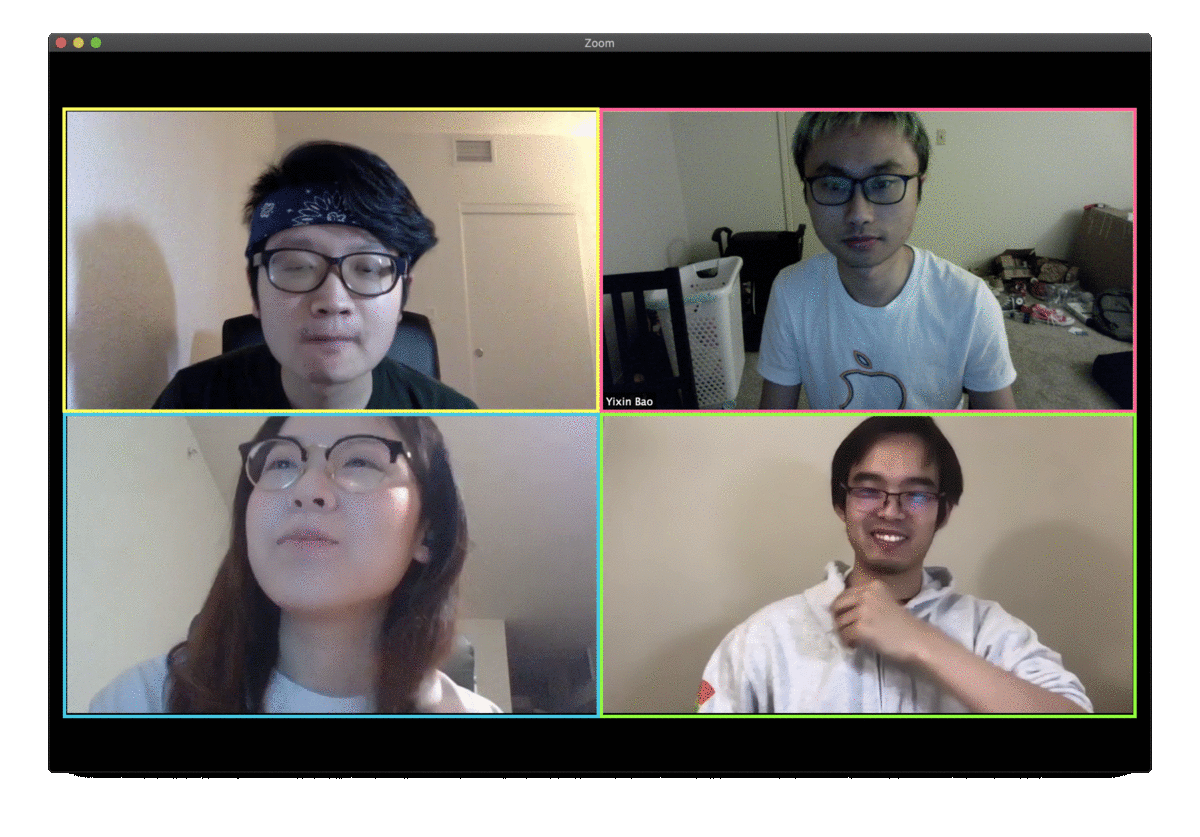 Waiting in line is a universal part of any shopping experience. Yet machine learning and AI are poised to transform the retail industry through autonomous checkout, and a team of INI mobility students are leading the way.
Waiting in line is a universal part of any shopping experience. Yet machine learning and AI are poised to transform the retail industry through autonomous checkout, and a team of INI mobility students are leading the way.
MS30 graduates Yixin Bao, Xinyue Cao, Chenghui Li and Mengmeng Zhang placed first in the inaugural 2020 AutoCheckout Competition, which brought together researchers to develop better, faster and more accurate autonomous checkout software solutions. In one semester, the INI team was able to develop and implement a sensor fusion approach that beat out seven other teams in the competition.
“As far as we know, we’re the first to open source an end-to-end solution for an autonomous store. We're so proud to make this contribution to the industry," said Chenghui.
Racecars & Robots: Roborace Competition
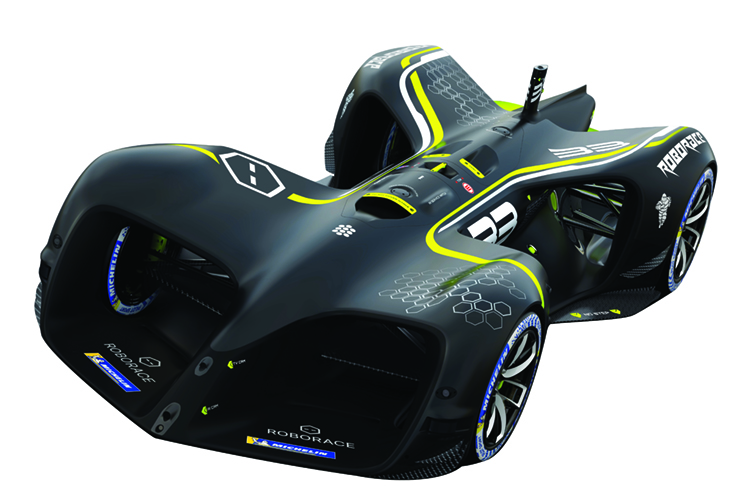
 Kartik Chaudhari is working to accelerate the rise of AI in vehicles and transportation. He’s part of the CMU student team competing in the 2020-21 season of Roborace, an international competition involving autonomous, electrically-powered vehicles. Teams develop AI driver software to control steering, acceleration, brakes and more using onboard tech like radars and cameras to navigate the course. The hope is that technology developed for the racetrack could one day end up on the roads.
Kartik Chaudhari is working to accelerate the rise of AI in vehicles and transportation. He’s part of the CMU student team competing in the 2020-21 season of Roborace, an international competition involving autonomous, electrically-powered vehicles. Teams develop AI driver software to control steering, acceleration, brakes and more using onboard tech like radars and cameras to navigate the course. The hope is that technology developed for the racetrack could one day end up on the roads.
“We are working on a system for completely autonomous racing at more than 250 kmph,” said Kartik.
“The most important part for me is the happiness of working on a problem I really like and contributing towards the autonomous vehicle revolution.”
Dance Party in Embedded Systems
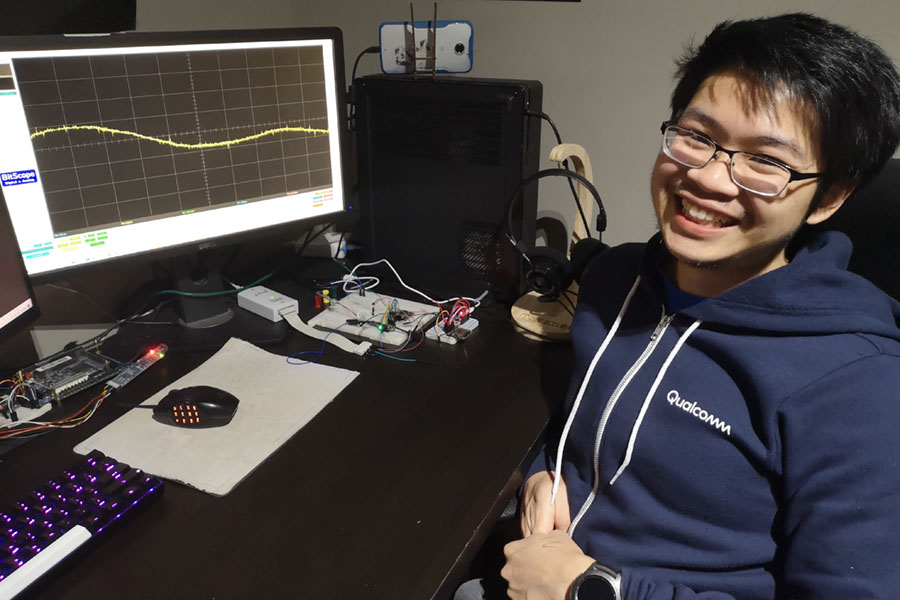
In fall 2020, Professor Patrick Tague and his TA injected some good, old-fashioned fun into Introduction to Embedded Systems. In one lab, input to a microphone was processed to drive a programmable three-color LED, which flashes with different colors along with the low, medium and high pitches in whatever sound it hears. In other words, dance party lighting!
In order to allow students to seamlessly test their code from home, his TA created a virtual lab bench setup. By connecting a raspberry pi to an inexpensive device that works as an oscilloscope and making it available via remote connection, students could upload their test code and get electrical measurements, all from the TA’s home in Pittsburgh. Problem solved!

